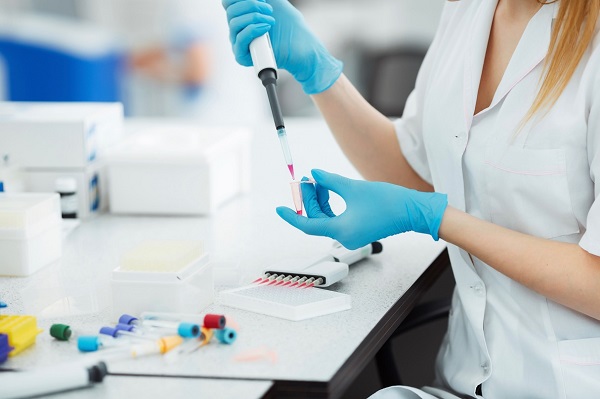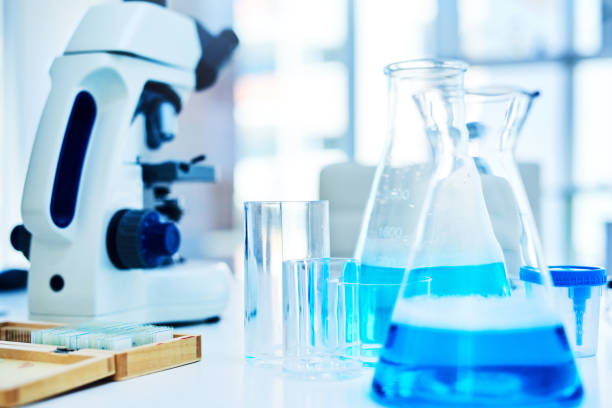Within the ever-changing world of medical care, laboratory equipment serves as the core of research and diagnostic processes. From diagnosing the presence of diseases to assessing treatment effectiveness the sophisticated equipment plays vital roles in contemporary healthcare. The article focuses on the importance of lab medical equipment by examining its diverse varieties, developments as well as their crucial importance in determining the outcome of healthcare.
The medical laboratory equipment includes various equipment designed to study biological samples in a precise and accurate manner. One of the most important instruments are microscopes, centrifuges, as well as spectrophotometers. These instruments allow researchers as well as clinicians to study the structure of cells, distinguish elements of blood and other fluids, as well as measure the concentrations of various substances. These tools form the foundation for numerous tests for diagnosing, which allow healthcare experts to identify diseases in the earliest stage and create the treatment plan to suit their individual needs.
Furthermore, the development of medical laboratory equipment is marked by amazing technological developments. Techniques that were previously used have been replaced, and often replaced with automated systems as well as high-throughput systems that simplify procedures and increase effectiveness. As an example an automated analyzer for immunoassays is able to efficiently analyze large volumes of specimens for different biomarkers to aid in faster diagnosis as well as easing the load on the laboratory personnel. Additionally, next-generation sequencing systems are revolutionizing genomic analysis by permitting the complete profiling of RNA and DNA at astonishing speed and accuracy.
Apart from diagnostics, medical equipment in the laboratory can play a significant role in monitoring the progression of disease as well as the response to treatment. Instruments like electrocardiography machines and blood gas analyzers devices provide in-depth information regarding physiological parameters that allow healthcare professionals to monitor the condition of their patients and modify treatment plans in accordance with the patient’s condition. In the same way, monitoring of therapeutic drugs utilizes sophisticated analytical tools that measure the levels of drug within the bloodstream, which can be used to optimize dosages, and decreasing the possibility of adverse side consequences. Through the ability to monitor precisely the health of patients, these instruments aid in improving outcomes and higher quality of medical care.

In addition, the medical equipment used in Best Laboratory Equipment Suppliers is a crucial source of scientific discovery and invention. Research labs rely on cutting-edge techniques to uncover the intricacies of the disease process, design innovative treatments and improve the field of medicine. The range of screening technologies ranging from high-throughput systems to help in drug discovery to sophisticated imaging techniques that help understand the cellular process, these tools enable researchers to test limits of what’s feasible in the field of the field of healthcare. Additionally, the collaboration between industry, academia, and health care providers will make sure that new discoveries are quickly transferred from the lab bench to patient bedsides and drive continuous improvements in the practice of medicine.
Although they’re certainly important however, medical equipment for laboratory use poses challenges with regards to the cost of maintenance, costs, and education. In order to acquire and maintain the latest equipment, it require significant investments, which can create the healthcare establishments with financial challenges and facilities, especially those with a limited budget. Furthermore, making sure that the instruments are calibrated correctly of the instrument, its maintenance, and troubleshooting require specialized skills and a high level of continuous training and assistance for lab personnel. To address these issues, it requires an integrated approach that includes the strategic allocation of resources, technological transfer, as well as capacity building efforts to guarantee equal access to quality diagnostic services worldwide.
